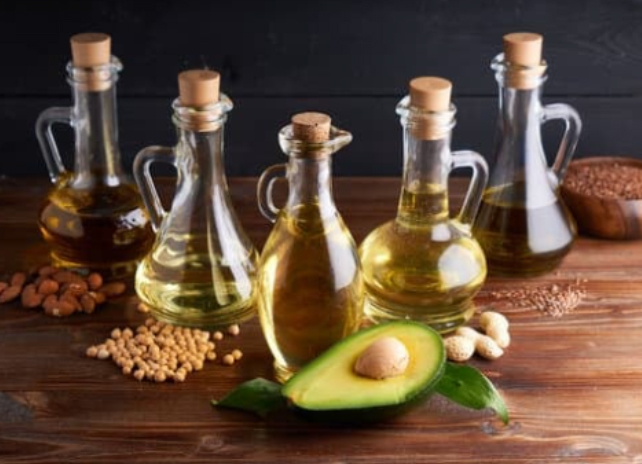
Most people know that what you eat affects your heart health but far fewer realize that how you cook can be just as important. Specifically, the oils you use in everyday meals may either support healthy blood pressure or quietly contribute to dangerous spikes.
Here’s the kicker: the most commonly used oils in American kitchens are often the worst offenders.
And while olive oil gets a lot of attention, it’s not the top performer when it comes to promoting optimal blood pressure.
Among the popular oils used for cooking—canola, sunflower, palm, soy, and olive—one stands out for all the wrong reasons: soybean oil.
Studies suggest that processed seed oils like soybean oil may promote inflammation, oxidative stress, and endothelial dysfunction, all of which can contribute to elevated blood pressure. In fact, some evidence links soybean oil consumption with a significantly higher risk of cardiovascular events.
Why is it still so common?
Unfortunately, these benefits come at a cost especially for those working to maintain healthy circulation and heart function.
If soybean oil is the worst, what’s the best?
Surprisingly, it’s not olive oil (though olive oil is still a solid choice, especially extra virgin varieties).
The most promising option for supporting blood pressure is palm oil, specifically unrefined red palm oil. While palm oil has drawn controversy for environmental reasons, the unrefined version is rich in tocotrienols (a form of vitamin E) and antioxidants that may support vascular health.
Red palm oil has been shown in preliminary research to:
Olive oil, especially extra virgin, has long been associated with heart health. It’s a staple of the Mediterranean diet and packed with polyphenols. However, it’s not as heat-stable as some alternatives, meaning it may degrade during high-temperature cooking.
When olive oil is exposed to high heat, its beneficial compounds can break down—reducing its protective properties and possibly creating harmful byproducts.
That doesn’t mean you should toss it out. But it’s better used for salad dressings, drizzling over finished dishes, or light sautéing.
Here’s a quick breakdown of commonly used oils and how they stack up for blood pressure and heart health:
Avoid or Limit:
Consider Incorporating:
Use Sparingly:
While no single ingredient will make or break your health, small daily choices like which oil you use to cook add up over time. Swapping out inflammatory oils for more stable, nutrient-rich options can play a meaningful role in supporting your blood pressure and overall wellness.
And when paired with other proven strategies like nutrient-dense meals, regular movement, and restorative sleep, it’s another powerful tool in your heart-health toolkit.
Healthy cooking starts with healthy ingredients and that includes the oils in your pan. Take a second look at what’s in your cabinet. Making this one simple switch could be a surprisingly impactful step toward supporting a steady, healthy blood pressure for years to come.

